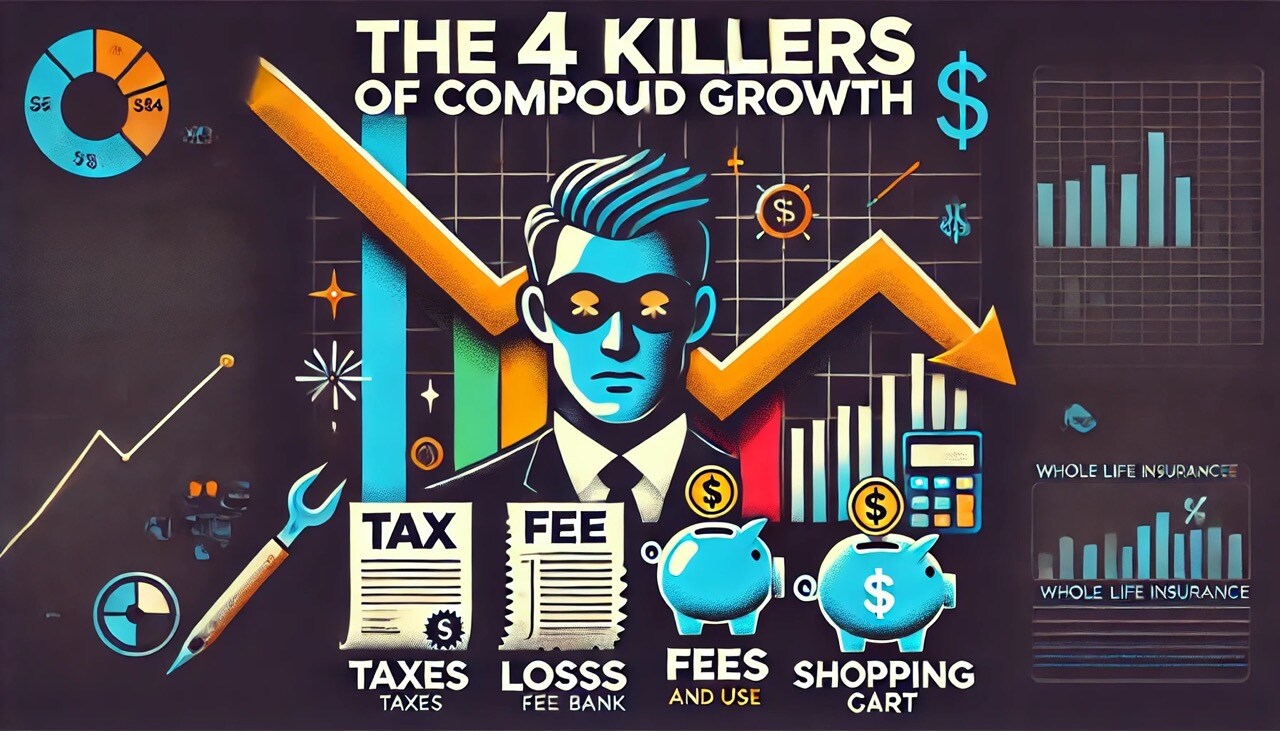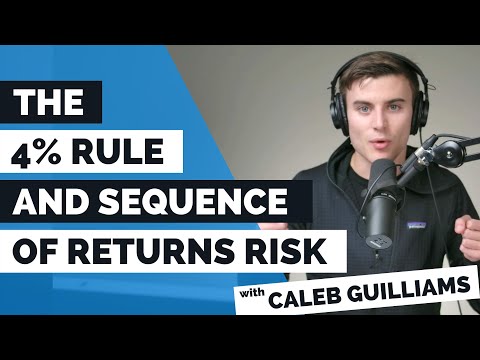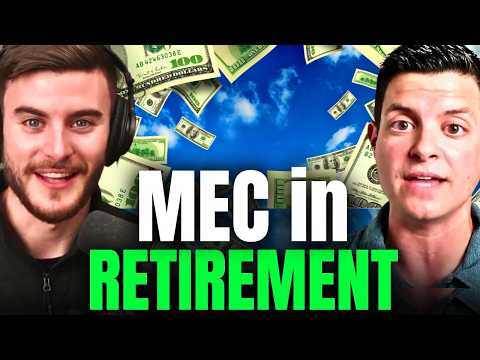Blogs
Our Blogs to help you keep, protect, and grow your wealth, Better.
Featured Blog

BetterWealth
Intentional Living: Optimizing Your Wealth Strategy for Freedom and Legacy
In today's fast-paced world, wealthy entrepreneurs and investors often find themselves overwhelmed by the complexities of wealth management. The challenge lies not just in accumulating wealth, but in ensuring that it serves a greater purpose—freedom, family, and legacy. At BetterWealth, we believe in the concept of Intentional Living, where your wealth strategy is aligned with your values and long-term goals. Many affluent individuals unknowingly overpay taxes, under-leverage their insurance, and fall victim to poor estate planning. These pitfalls can erode the very foundation of their financial success. For instance, consider a successful entrepreneur who has built a thriving business but fails to implement a tax-efficient strategy. This oversight can lead to significant tax liabilities that diminish their wealth. Similarly, under-leveraged insurance policies can leave families vulnerable, while inadequate estate planning can create unnecessary complications for heirs. Our process at BetterWealth focuses on providing clarity, control, and efficiency in wealth management. We guide our clients through a comprehensive review of their financial landscape, ensuring that every decision aligns with their vision for the future. By addressing these common pain points, we empower our clients to make informed choices that enhance their financial well-being. Intentional Living is about more than just financial success; it's about creating a legacy that reflects your values and aspirations. We invite you to start a conversation with BetterWealth today. Let us help you optimize your wealth strategy, ensuring that your financial resources serve your purpose and create lasting impact for generations to come.
Life Insurance
...Explore more blogs
Thank you! Your submission has been received!
Oops! Something went wrong while submitting the form.

BetterWealth
Blog
October 1, 2023
Life Insurance
All
Intentional Living: Optimizing Your Wealth Strategy for Freedom and Legacy

BetterWealth
YouTube
October 9, 2021
Life Insurance
All
Banks Put Away Trillions: Reverse Repurchase Agreement

BetterWealth
YouTube
January 12, 2022
Life Insurance
All
Build Business & Wealth Using The Secret Formula Stutts

BetterWealth
Infinite Banking,Life Insurance
December 18, 2023
Life Insurance
All
Infinite Banking: Becoming Your Own Banker

BetterWealth
YouTube
November 15, 2022
Life Insurance
All
Becoming Your Own Banker - Nelson Nash Interview Part 1

BetterWealth
YouTube
November 23, 2022
Life Insurance
All
Becoming Your Own Banker - Nelson Nash Interview Part 2

BetterWealth
YouTube
March 19, 2023
Life Insurance
All
Borrowing Against Your Whole Life Policy For Investments

BetterWealth
Investing,Life Insurance
December 18, 2023
Life Insurance
All
Understanding Front-Loading With Whole Life Insurance

BetterWealth
Life Insurance,Savings
December 18, 2023
Life Insurance
All
Why Lifetime Compound Growth Is 10X More Powerful

BetterWealth
Life Insurance
December 18, 2023
Life Insurance
All
Convertible Term Vs. Whole Life Insurance

BetterWealth
Infinite Banking,Life Insurance,Myth Debunked
December 18, 2023
Life Insurance
All
Alex Hormozi Changes His Mind About Infinite Banking

BetterWealth
Life Insurance
December 18, 2023
Life Insurance
All
How Soon Can I Borrow From My Life Insurance Policy

BetterWealth
Infinite Banking,Investing,Life Insurance
December 18, 2023
Life Insurance
All
How to Use Infinite Banking to Invest in Real Estate in 2024

BetterWealth
Infinite Banking,Life Insurance
December 18, 2023
Life Insurance
All
Don't Borrow Against Your Life Insurance Until You Read This

BetterWealth
YouTube
March 29, 2024
Life Insurance
All
Business Owner Changes His Mind About Whole Life Insurance

BetterWealth
Life Insurance
December 18, 2024
Life Insurance
All
Unlocking the Potential of Cash Value Life Insurance

BetterWealth
January 8, 2025
Better Living
All
Preparing for a Potential Recession: Thoughts and Strategies
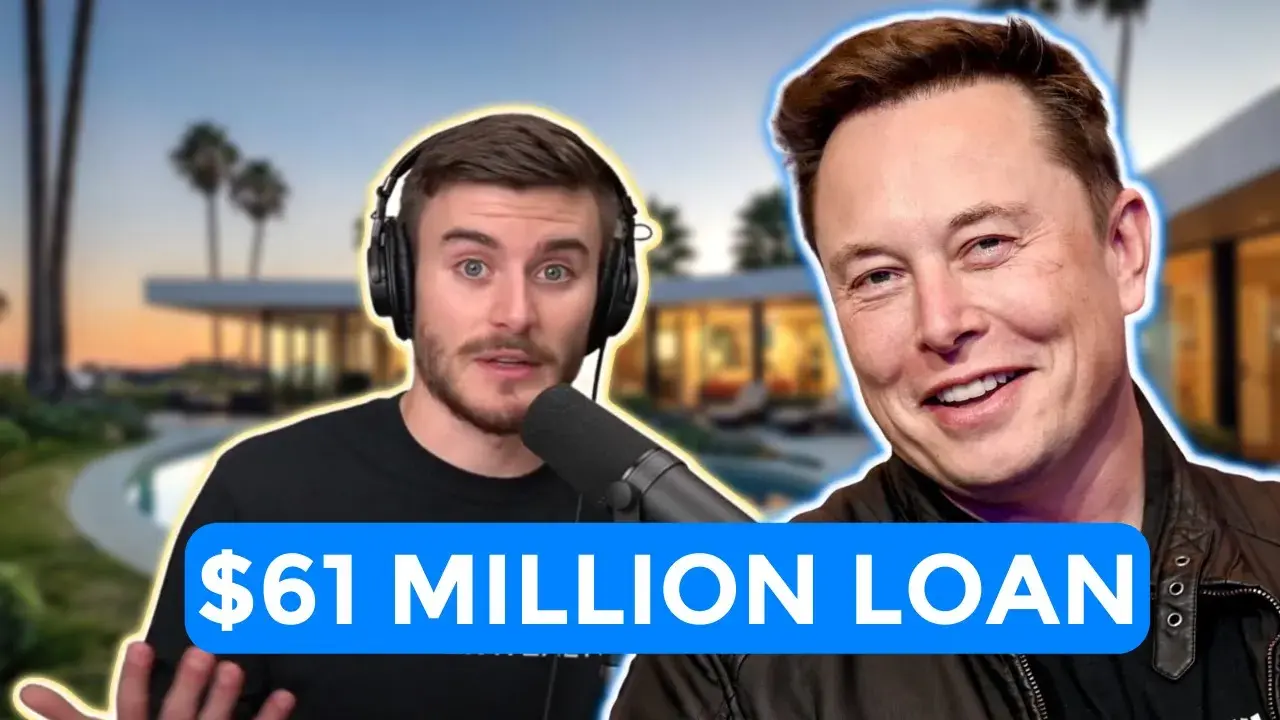
BetterWealth
Investing,Savings,YouTube
January 8, 2025
Better Living
All
How Elon Musk Made $1 Billion Dollars Using Debt

BetterWealth
Tax,YouTube
January 8, 2025
Better Living
All
Should You Use A Tax Deferral Plan To Grow Your Wealth
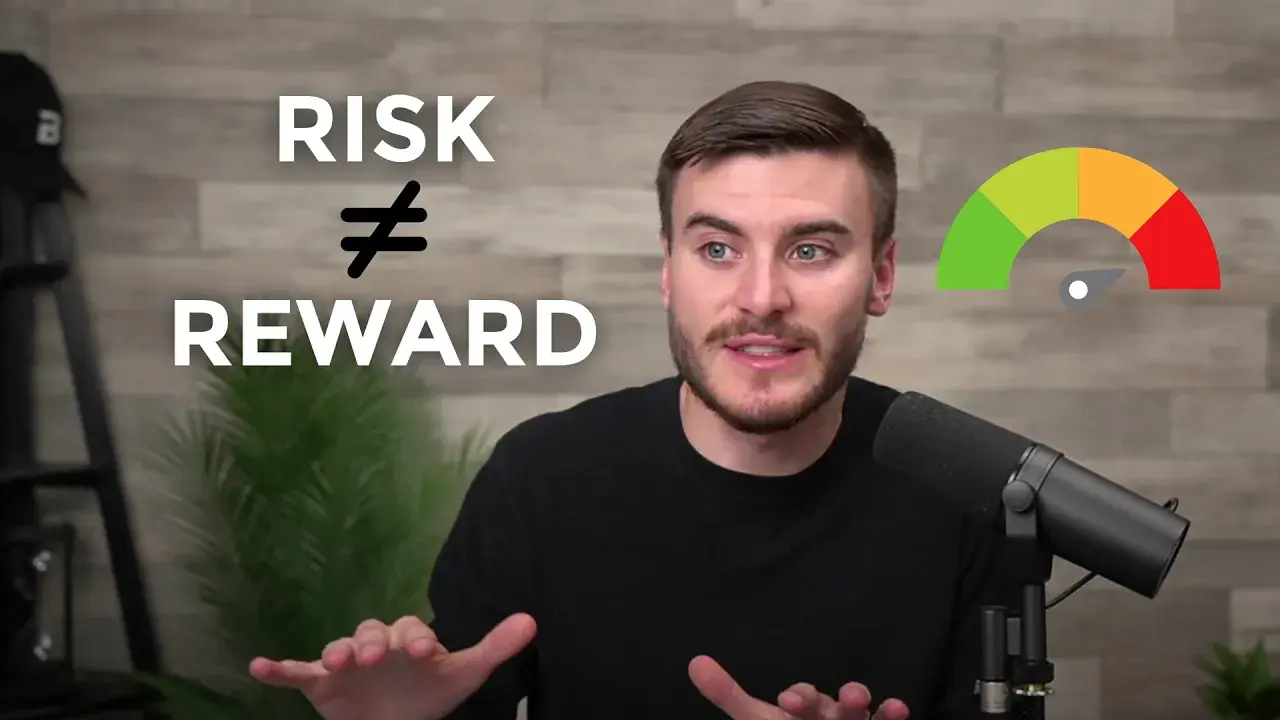
BetterWealth
Investing,Risk Management,YouTube
January 8, 2025
Better Living
All
Higher Risk Doesn't Equal Higher Rewards
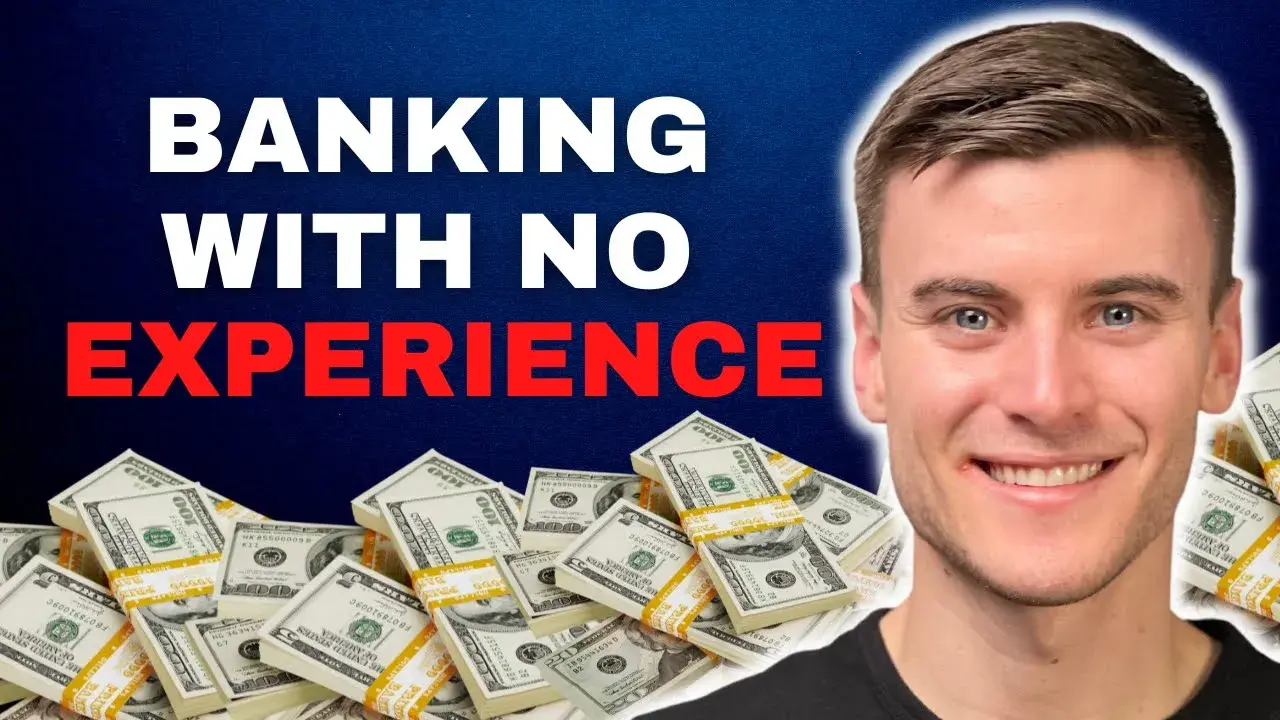
Caleb Guilliams
Intentional Living,YouTube
January 13, 2025
Better Living
All
How I Became A Teenage Banker

BetterWealth
Investing,Savings,YouTube
January 8, 2025
Better Living
All
How $12,000 Dollars Can Be Worth More Than $120,000

BetterWealth
Investing,Risk Management,YouTube
January 13, 2025
Better Living
All
How To Avoid Losses In A Market Crash

Caleb Guilliams
Guest Appearance,Intentional Living,YouTube
January 13, 2025
Better Living
All
How To Be Successful Without A College Degree With Mitchell Earl

BetterWealth
Guest Appearance,Intentional Living,YouTube
January 14, 2025
Better Living
All
A quick exercise: Financial Efficiency, Self Analysis

BetterWealth
Guest Appearance,Life Insurance,YouTube
January 14, 2025
Better Living
All
How To Make Crazy Amounts Of Money

BetterWealth
Infinite Banking,Life Insurance,YouTube
January 14, 2025
Better Living
All
How To Protect Your FINANCIAL Legacy
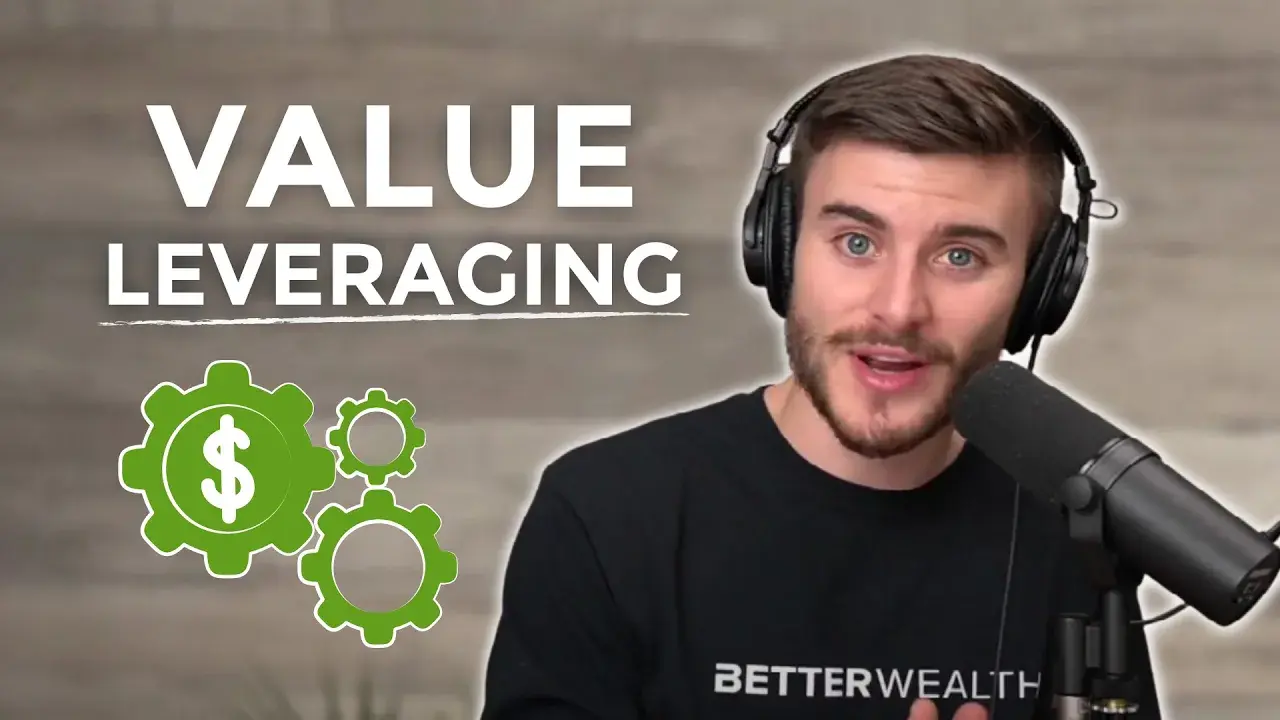
BetterWealth
Intentional Living,YouTube
January 14, 2025
Better Living
All
How To Leverage Value To Grow Your Business

BetterWealth
Guest Appearance,Infinite Banking,Life Insurance,YouTube
January 14, 2025
Better Living
All
Velocity & Infinite Banking Masterclass

BetterWealth
Guest Appearance,Infinite Banking,Life Insurance,YouTube
January 14, 2025
Better Living
All
The Best Investment You've Never Heard Of
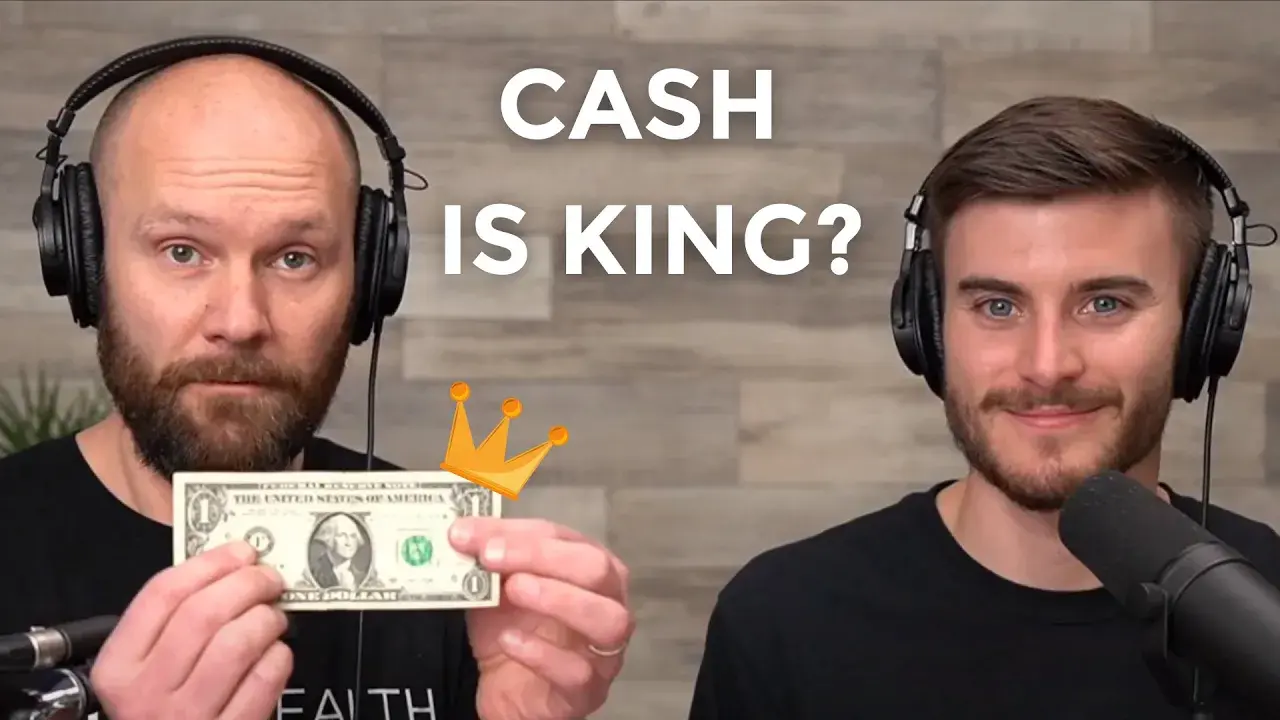
BetterWealth
Infinite Banking,Life Insurance,YouTube
January 14, 2025
Better Living
All
Is It True That Cash Is King And Debt Is Dumb?

BetterWealth
YouTube
January 17, 2025
Life Insurance
All
The Entrepeneurs Behind The Paypal Mafia With Jimmy Soni

BetterWealth
Infinite Banking,YouTube
January 17, 2025
Life Insurance
All
What People Get Wrong About Infinite Banking
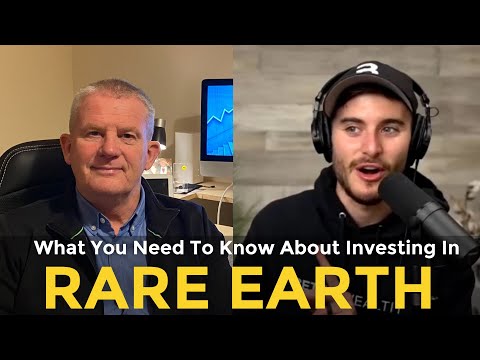
BetterWealth
Investing,YouTube
January 17, 2025
Better Living
All
What You Need To Know About Investing In Rare Earth Metals

BetterWealth
Intentional Living,YouTube
January 17, 2025
Better Living
All
The Secret To An Unstoppable Entrepreneurial Mindset

BetterWealth
Investing,YouTube
January 17, 2025
Better Living
All
Why Average Rate Of Returns Are So Misleading

BetterWealth
Life Insurance,YouTube
January 17, 2025
Better Living
All
When Should You Take A Loan From Your Life Insurance Policy

BetterWealth
Savings,YouTube
January 17, 2025
Better Living
All
The True Cost Of Compounding Your Money For The Long Term
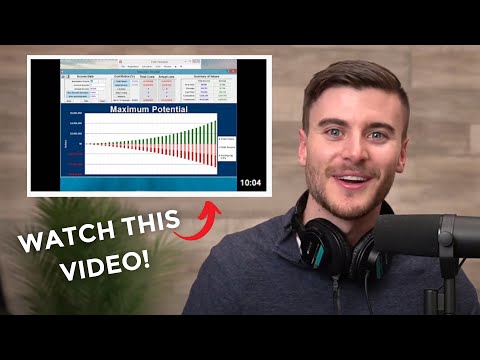
BetterWealth
Investing,Savings,YouTube
January 17, 2025
Better Living
All
The One Video That Changed My Financial Life
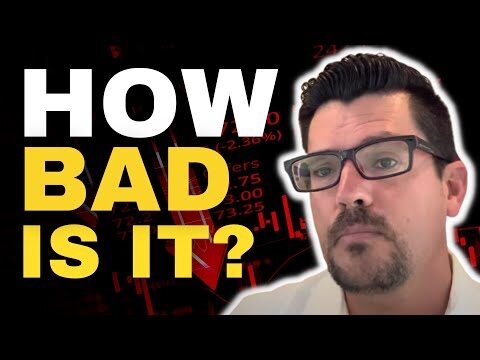
BetterWealth
Risk Management,YouTube
January 17, 2025
Better Living
All
What To Expect When The Recession Hits
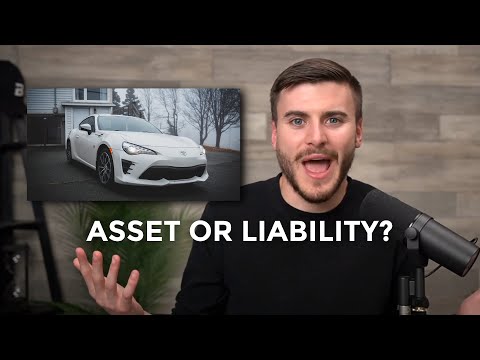
BetterWealth
Investing,Savings,YouTube
January 17, 2025
The And Asset
All
What Is The Difference Between An Asset And A Liability

BetterWealth
Investing,Life Insurance,YouTube
January 17, 2025
Life Insurance
All
Why Are Banks Buying Life Insurance Policies

BetterWealth
Investing,YouTube
January 17, 2025
Better Living
All
Why You Should Invest In Life Settlements

BetterWealth
Infinite Banking,Life Insurance,YouTube
January 19, 2025
Life Insurance
All
How I Used Whole Life Insurance To Get Rich with @Mr_brrrr

BetterWealth
Government,Risk Management,YouTube
January 17, 2025
Better Living
All
What's Actually Causing Inflation To Rise

BetterWealth
YouTube
January 19, 2025
Better Living
All
What Happens If Kamala Wins White House Tax Advisor Weighs In

BetterWealth
YouTube
January 19, 2025
Better Living
All
Are Life Insurance Tax Benefits Under Threat Explained

BetterWealth
Investing,Life Insurance,YouTube
January 19, 2025
Better Living
All
Using Advanced Calculators To Find The Best Retirement Strategies

BetterWealth
YouTube
January 19, 2025
Better Living
All
How I Built DOZENS of Multi-Million Dollar Companies Aaron Scott Young

BetterWealth
Life Insurance,Savings,YouTube
January 19, 2025
Better Living
All
Life Insurance vs High-Yield Savings Detailed Financial Review

BetterWealth
Life Insurance,YouTube
January 19, 2025
Life Insurance
All
Which Life Insurance Policy Is Best Term Whole Life IUL Review

BetterWealth
Life Insurance,YouTube
January 19, 2025
Life Insurance
All
NAIFA CEO on Elections’ Impact on Life Insurance

BetterWealth
Guest Appearance,Infinite Banking,Life Insurance,YouTube
January 19, 2025
Life Insurance
All
We Went Deep On Life Insurance & Infinite Banking Hannah Kesler

BetterWealth
Savings,Wealth Building,YouTube
January 19, 2025
Better Living
All
Analyzing Opportunity Cost Time Value of Money

BetterWealth
Guest Appearance,Life Insurance,YouTube
January 19, 2025
Life Insurance
All
Lafayette Life CEO Why Whole Life Insurance is The Ultimate Asset

BetterWealth
YouTube
January 19, 2025
Better Living
All
Why 95% of Financial Planning Fails in Retirement And How to Avoid It

BetterWealth
Investing,Life Insurance,YouTube
January 19, 2025
Life Insurance
All
Why This Real Estate Investor Uses Whole Life Insurance

BetterWealth
Government,Guest Appearance,YouTube
January 19, 2025
Better Living
All
Why Biden Kept Trumps Tariffs - Destinys Response

BetterWealth
Guest Appearance,Infinite Banking,YouTube
January 19, 2025
Life Insurance
All
Infinite Banking Skeptic Challenges Me (Heres My Response)

BetterWealth
YouTube
January 19, 2025
Better Living
All
Everything You Need To Know About Private Family Foundations
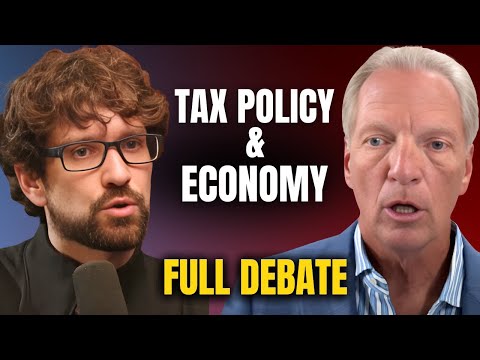
BetterWealth
Debate,Guest Appearance,YouTube
January 19, 2025
Better Living
All
Liberal Vs Conservative On Tax Policy and Economy

BetterWealth
Guest Appearance,YouTube
January 19, 2025
Better Living
All
How To Get Luxury Hotels & Flights For Free Using These Hacks
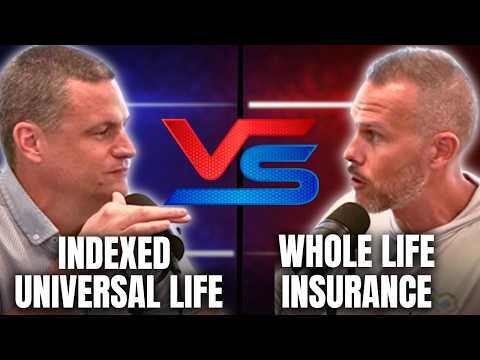
BetterWealth
Debate,Guest Appearance,YouTube
January 19, 2025
Life Insurance
All
DEBATE Whole Life VS IUL Which Life Insurance is Better

BetterWealth
Guest Appearance,Investing,YouTube
January 19, 2025
Better Living
All
20+ Years of Franchise Investing Advice in 35 Minutes

BetterWealth
Investing,Life Insurance,YouTube
January 19, 2025
Life Insurance
All
How To Use Life Insurance for Alternative Investments

BetterWealth
Guest Appearance,YouTube
January 19, 2025
Better Living
All
Why I Wont Pay Off My Mortgage Early - $1000000 Mistake

BetterWealth
Debate,YouTube
January 19, 2025
Better Living
All
I Challenged Curtis Ray About MPI Here's What Happened

BetterWealth
Lending,Real Estate,YouTube
January 19, 2025
Better Living
All
The Real Cost of 15 & 30 Year Mortgages Which Should You Choose

BetterWealth
YouTube
January 19, 2025
Better Living
All
Using Advanced Calculators To PROVE 0% Car Loans Are FAKE

BetterWealth
Life Insurance,YouTube
January 19, 2025
Life Insurance
All
Responding To HARD Objections Against Whole Life Insurance

BetterWealth
Guest Appearance,Real Estate,YouTube
January 19, 2025
Better Living
All
Why The Wealthy Buy This Type of Real Estate

BetterWealth
Guest Appearance,Infinite Banking,Life Insurance,YouTube
January 19, 2025
Better Living
All
The Future of Infinite Banking & The Life Insurance Industry

BetterWealth
Government,Guest Appearance,YouTube
January 19, 2025
Better Living
All
Did Trumps Tax Cuts Help The Economy

BetterWealth
Guest Appearance,Life Insurance,YouTube
January 19, 2025
Life Insurance
All
Penn Mutual CEO The Untold Benefits of Permanent Life Insurance
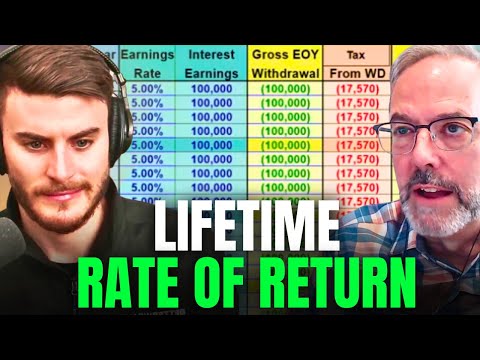
BetterWealth
Guest Appearance,Investing,Life Insurance,YouTube
January 19, 2025
Life Insurance
All
The Performance of Whole Life Insurance VS High-Yield Savings Bonds
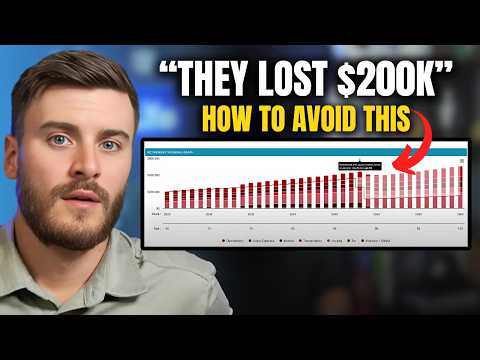
BetterWealth
Retirement,YouTube
January 19, 2025
Better Living
All
IRMMA and How to Beat It Reviewing the Medicare Surcharge

BetterWealth
YouTube
January 19, 2025
Better Living
All
Americas Retirement System Is FAILING Miserably With Author Barry Dyke

BetterWealth
Life Insurance,YouTube
January 19, 2025
Better Living
All
The Most Misunderstood Asset: Whole Life Insurance

BetterWealth
Government,YouTube
January 20, 2025
Better Living
All
The Feds Latest Response To Inflation Spikes

BetterWealth
Retirement,YouTube
January 20, 2025
Better Living
All
The New Retirement Strategy Thats Revolutionizing Future Income

BetterWealth
Real Estate,YouTube
January 20, 2025
Better Living
All
Why Most Real Estate Investors Are Failing

BetterWealth
Debate,Guest Appearance,Tax,YouTube
January 20, 2025
Better Living
All
Conservative Vs Liberal On Trumps Tax Plans

BetterWealth
Government,Tax,YouTube
January 20, 2025
Better Living
All
Kamala's Unrealized Capital Gains Tax: A Threat to America's Economy

BetterWealth
Guest Appearance,Life Insurance,YouTube
January 20, 2025
Better Living
All
Stop Comparing Whole Life Insurance to This Product Walter Young
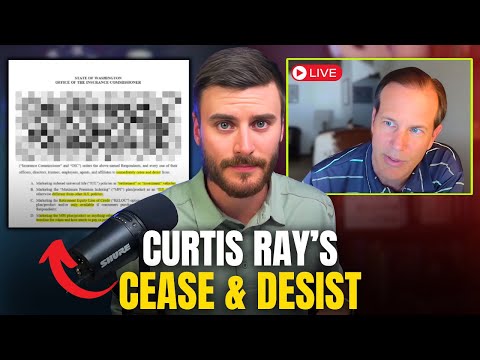
BetterWealth
YouTube
January 20, 2025
Better Living
All
Curtis Ray Gets Hit With Cease & Desist Attorney Explains

BetterWealth
YouTube
January 20, 2025
Better Living
All
.png)



